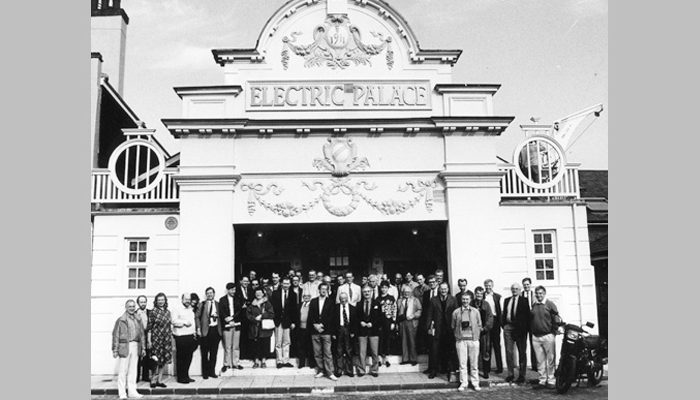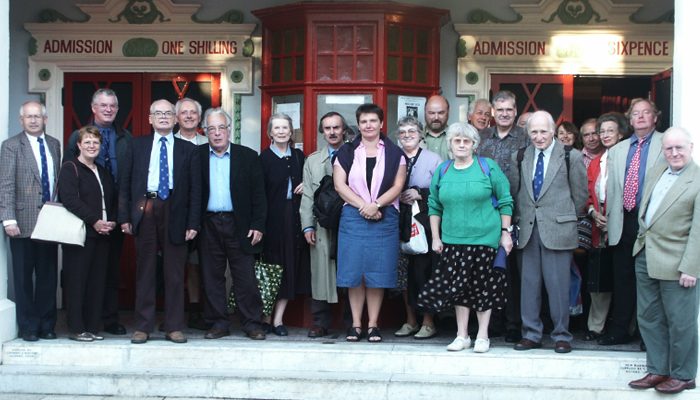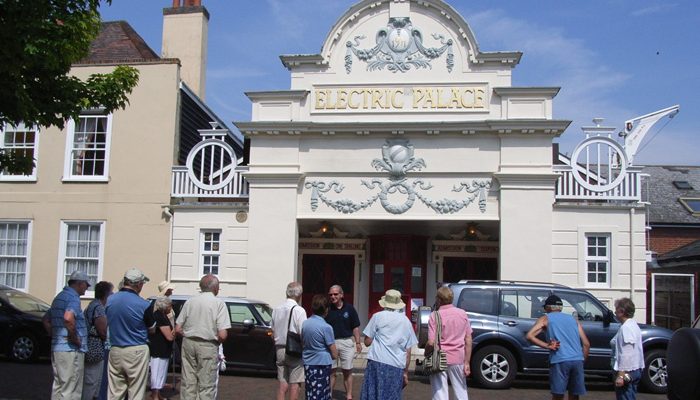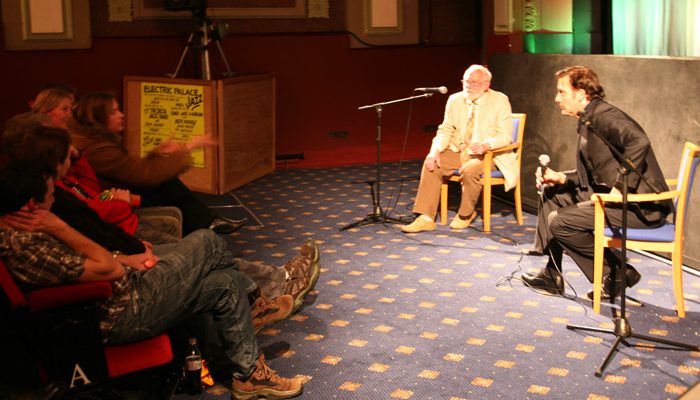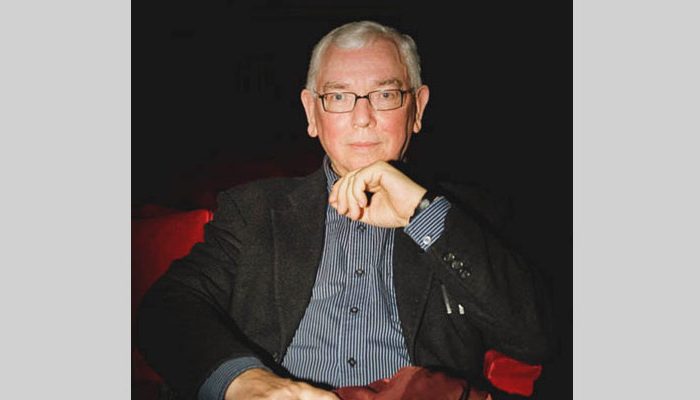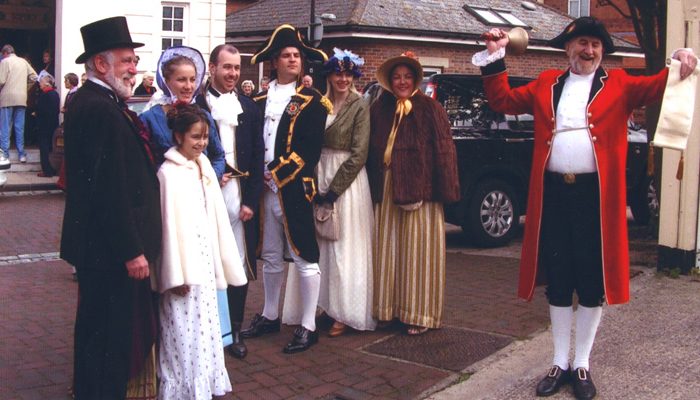History
The Electric Palace Cinema in Harwich is one of the oldest purpose-built cinemas to survive complete with its silent screen, original projection room and ornamental frontage still relatively intact.
Other interesting features include an open plan entrance lobby complete with paybox, and a small stage plus dressing rooms (although the latter are now unusable). There is also a former gas powered generator engine with a seven foot fly wheel situated in the basement.


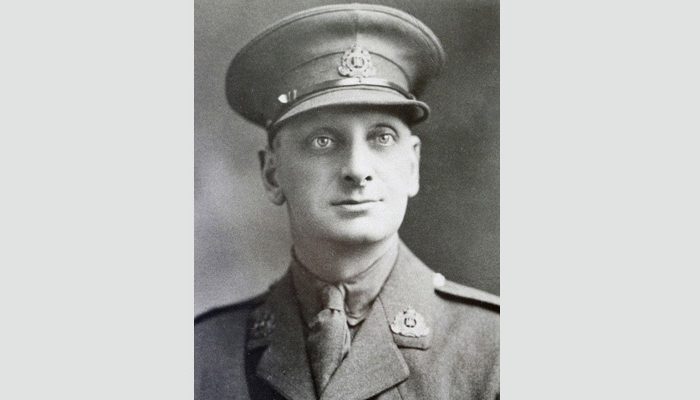
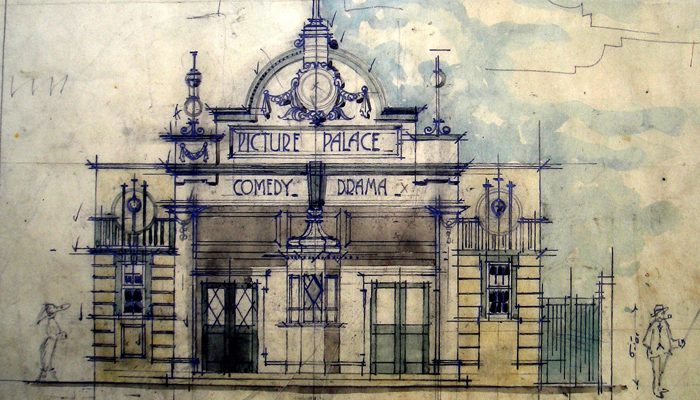
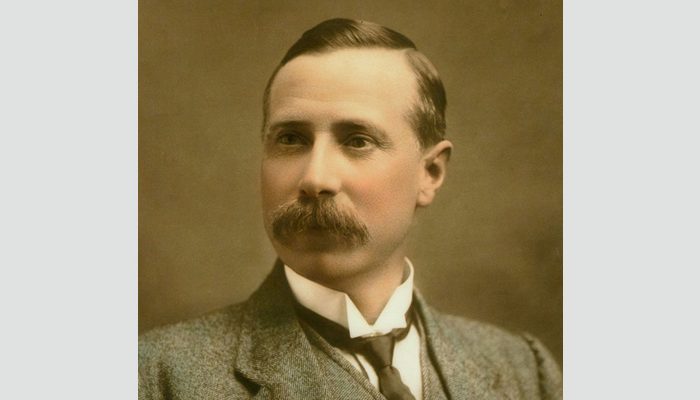

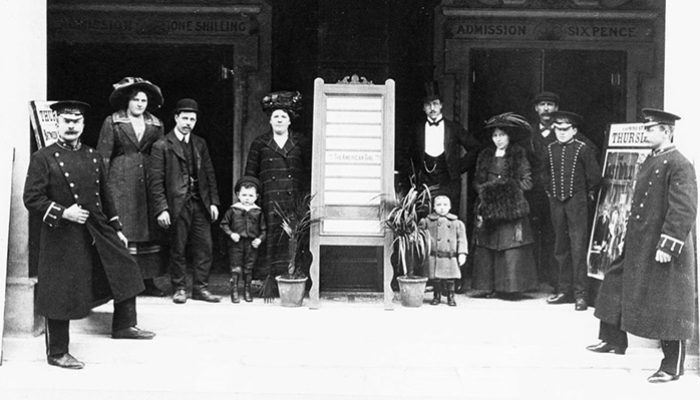
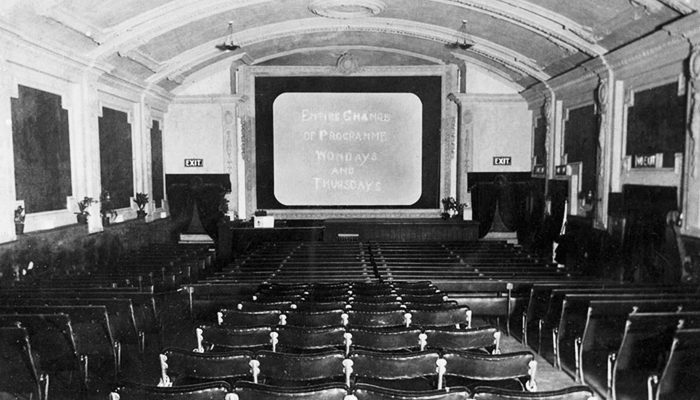
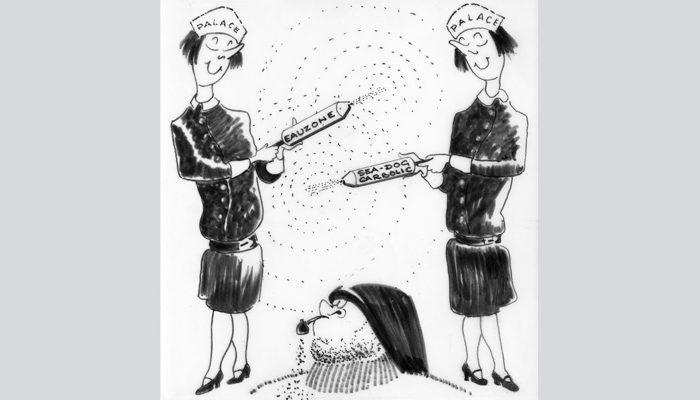
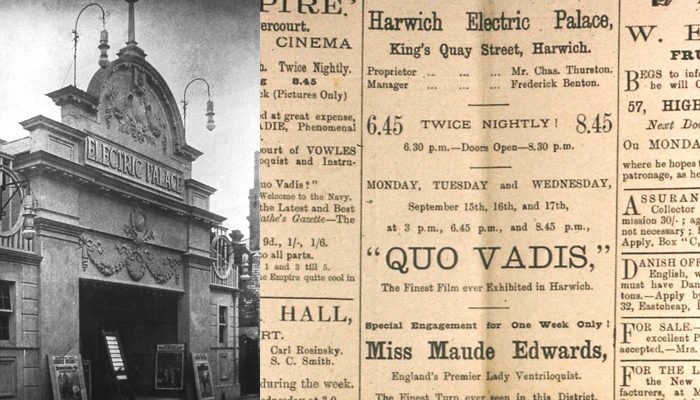
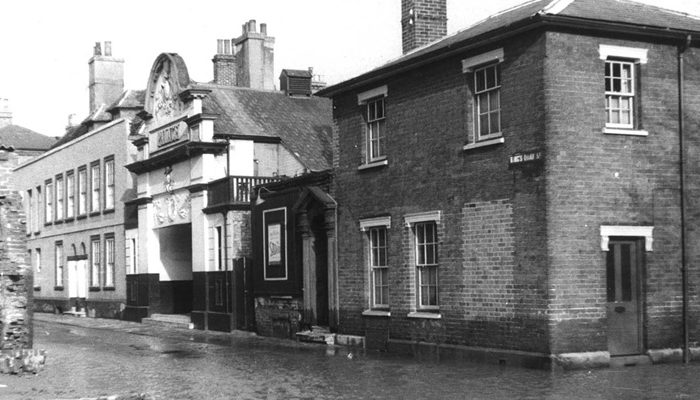
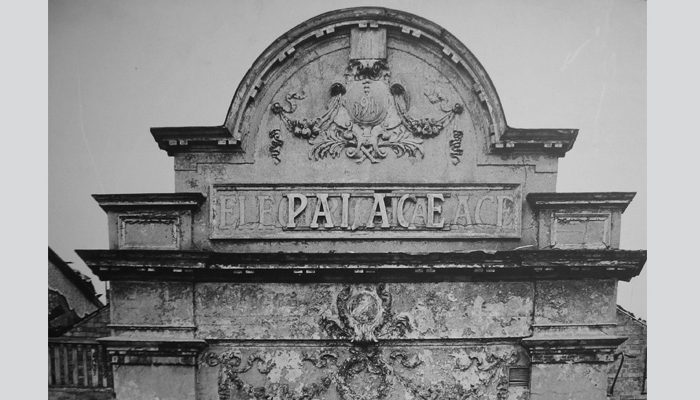
Early Years
The cinema was built in 18 weeks at a cost of £1,500 and opened on Wednesday, November 29th, 1911, the first film being The Battle of Trafalgar and The Death of Nelson.
The creator of the Palace was Charles Thurston, a traveling showman well known in East Anglia, and the architect was Harold Hooper, a dynamic young man of 25 years who demonstrated his imaginative flair with this his first major building.
Charles Thurston built his first cinema the Electric Palace in Harwich in 1911. In 1913, he built two more cinemas, the Empire Cinema in Biggleswade and the Palace Cinema in Norwich.
Restoration: 1974 - 1990s
The cinema survived physically because it was located in a side street of a small town at the end of a peninsula and was simply ignored for many years. In 1972 the Palace was under threat from demolition, but luckily it was spotted by Gordon Miller of Kingston Polytechnic and his students who saw the demolition notice and quickly acted by getting a protection order for the building. A dialogue then started with interested local people including Harwich Society champion, the indomitable Mrs Winifred Cooper. GP/surgeon Chris Strachan, who had recently moved to Harwich, met architect Andrew Carden at a Harwich Society function and that led to plans being made as to how the building could be saved and brought back to life again.
The Electric Palace was lucky to have had so many useful members of the trust, including some with architectural expertise, building expertise and good connections at national level and as the idea of restoring a derelict cinema was then a completely novel idea. An added attraction was the charismatic name ‘Electric Palace’.
The trust then asked Sir John Betjeman to be the first Patron. Amazingly he said yes and the whole campaign took off at both local and national levels and has continued ever since.
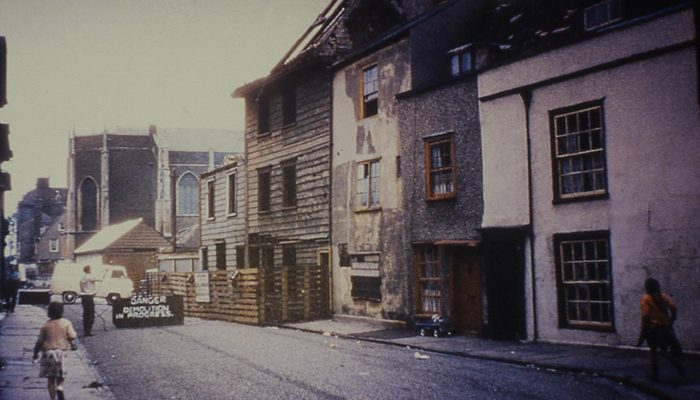

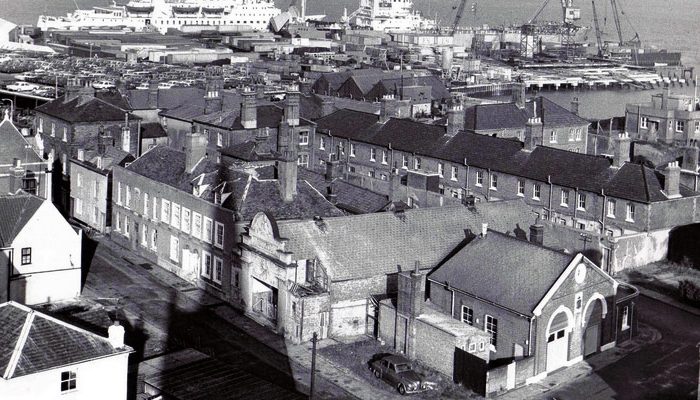
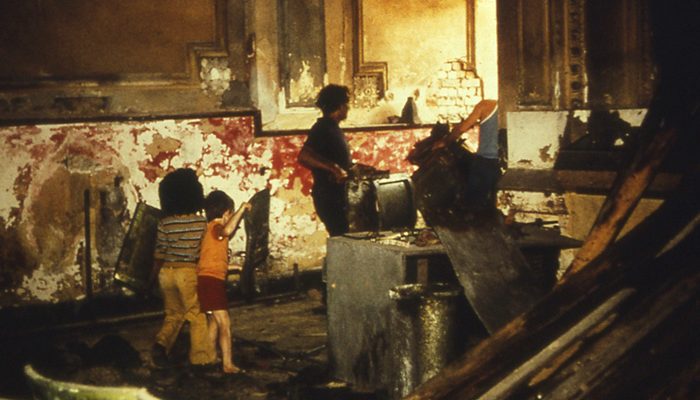




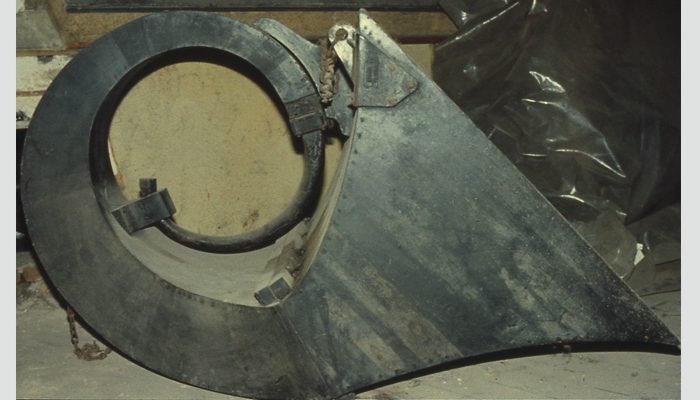
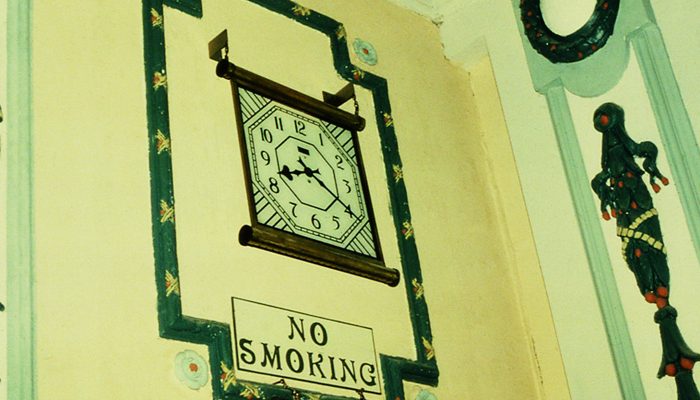

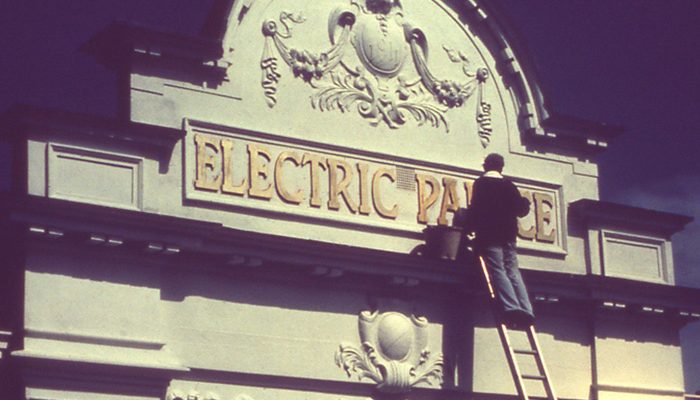
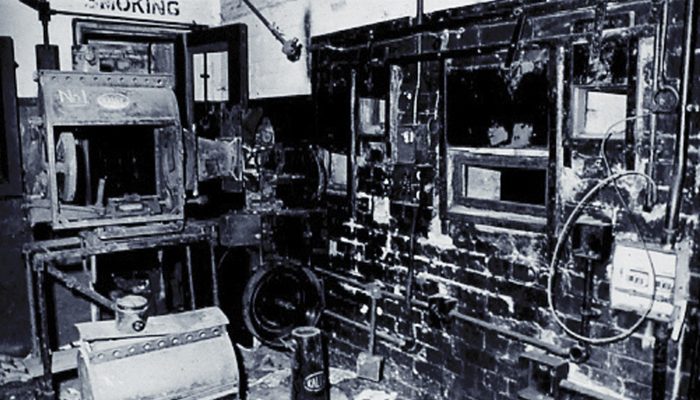
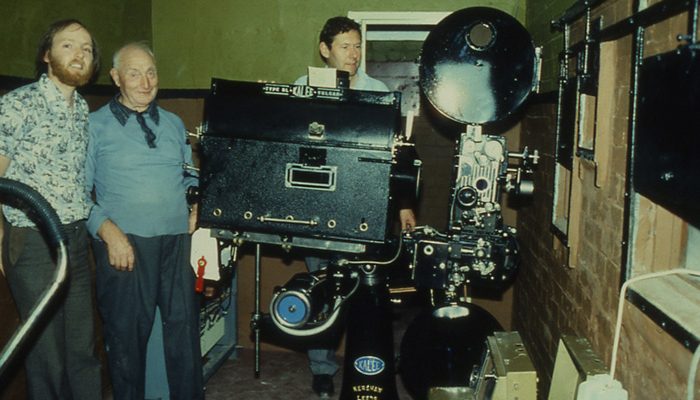
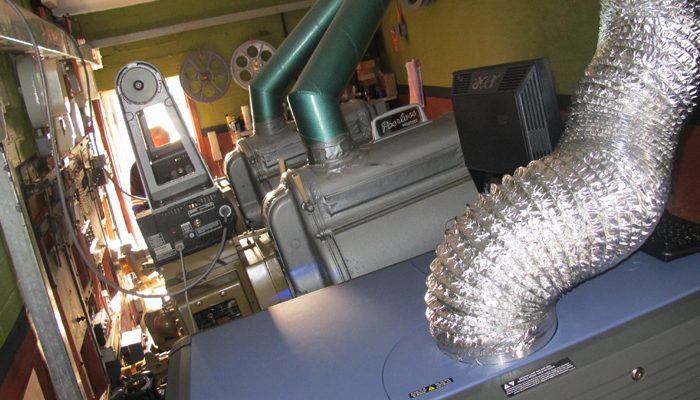
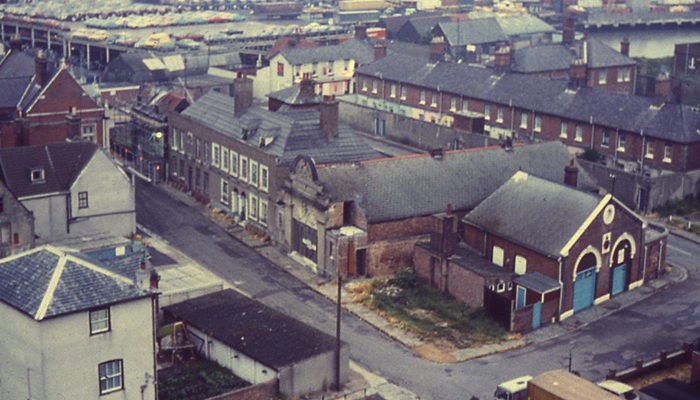
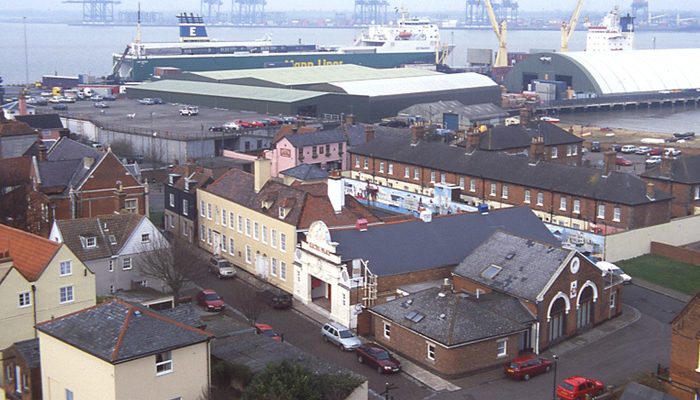
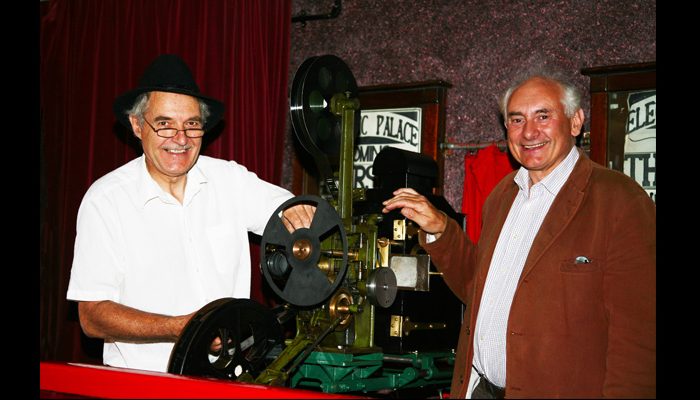
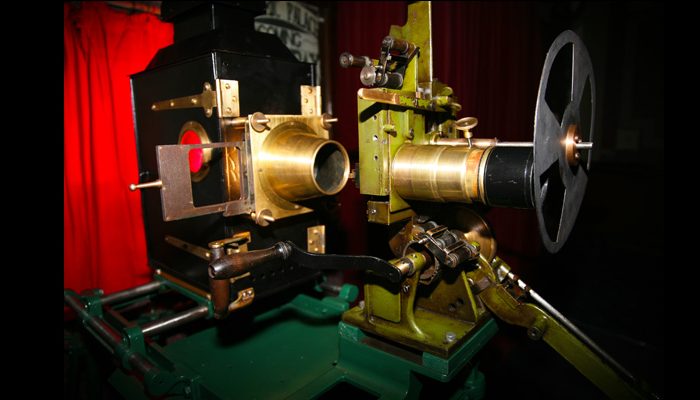
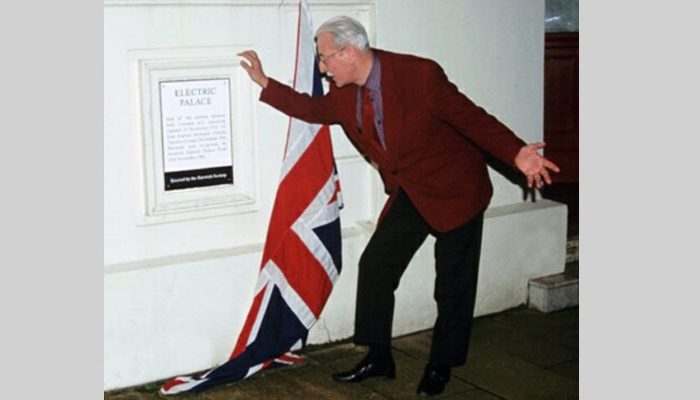



The Palace in the 21st Century
Restoration continued steadily as money came in but there was a tremendous boost around the millennium. Lottery Funding of £99K granted by the Arts Council of England paid for these improvements:
- Improved access and facilities for the disabled.
- Re-furbished seats.
- A brand new Dolby Stereo Surround Sound system.
- Xenon arc projectors to replace the carbon arcs.
- New carpets and curtain tracks.
We were very pleased when in the 1990s the ranking of the cinema was raised from Grade II to Grade II* listed building by English Heritage. We hope that this means that in future the maintenance of the fabric of the building will be more easily achieved with the help of grant aid.
Celebrating the Electric Palace
The restored Palace has had many illustrious visitors in the years since its restoration, from HRH Queen Elizabeth II to notable figures from the UK film industry such as director Terence Davies and our patron Clive Owen. It has also featured in a number of film and TV productions, such as Downton Abbey and Blue Peter.
